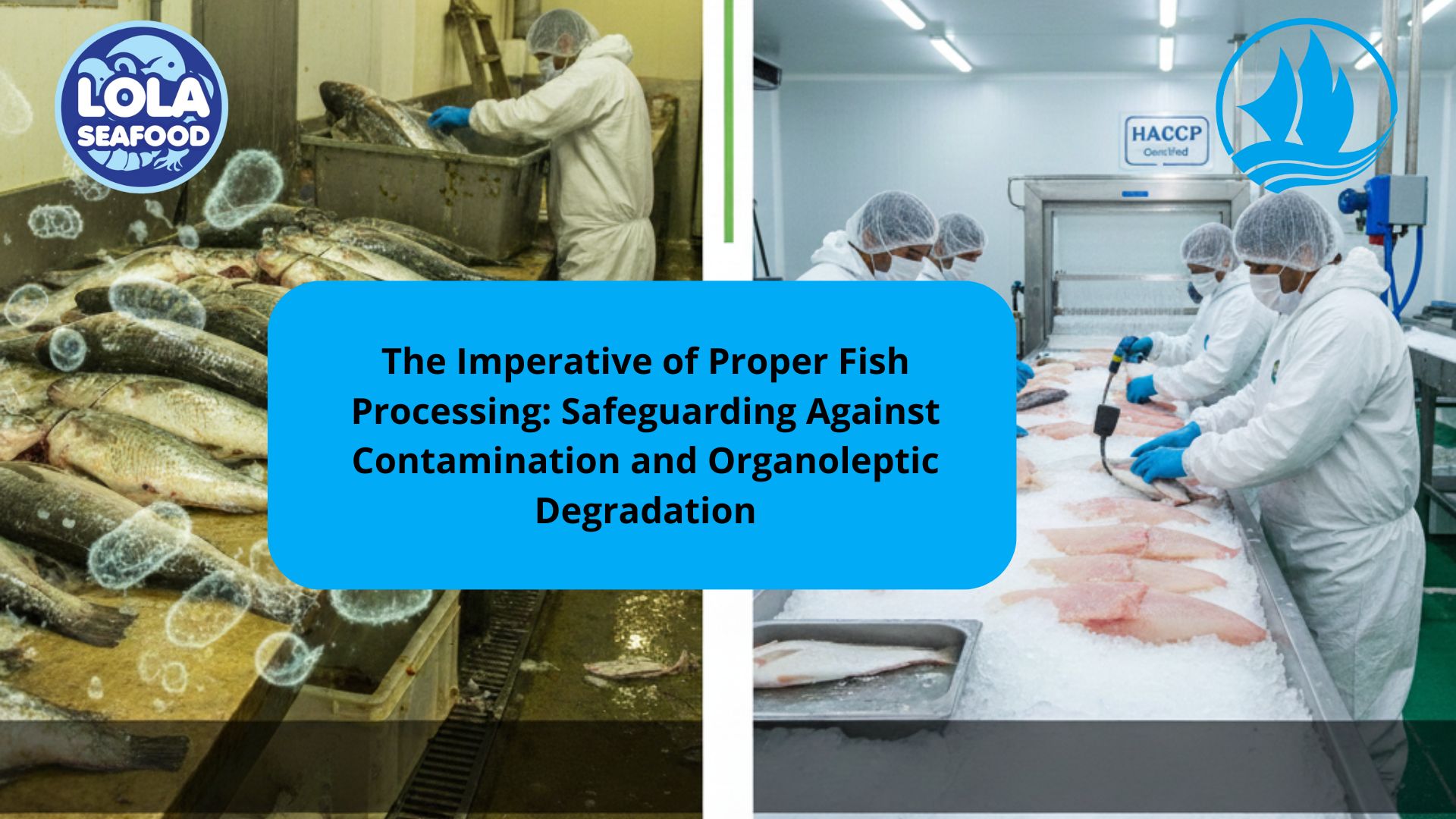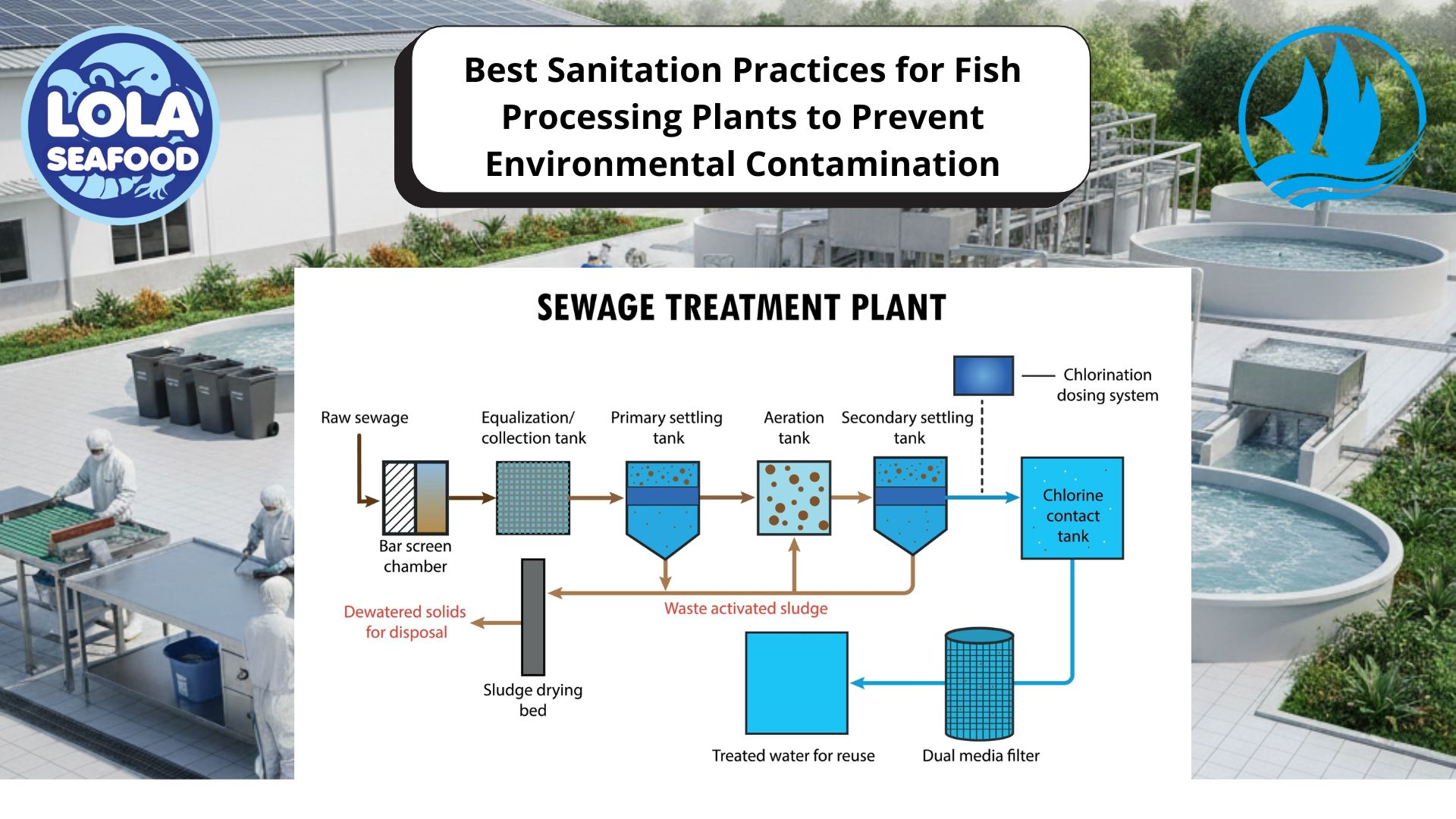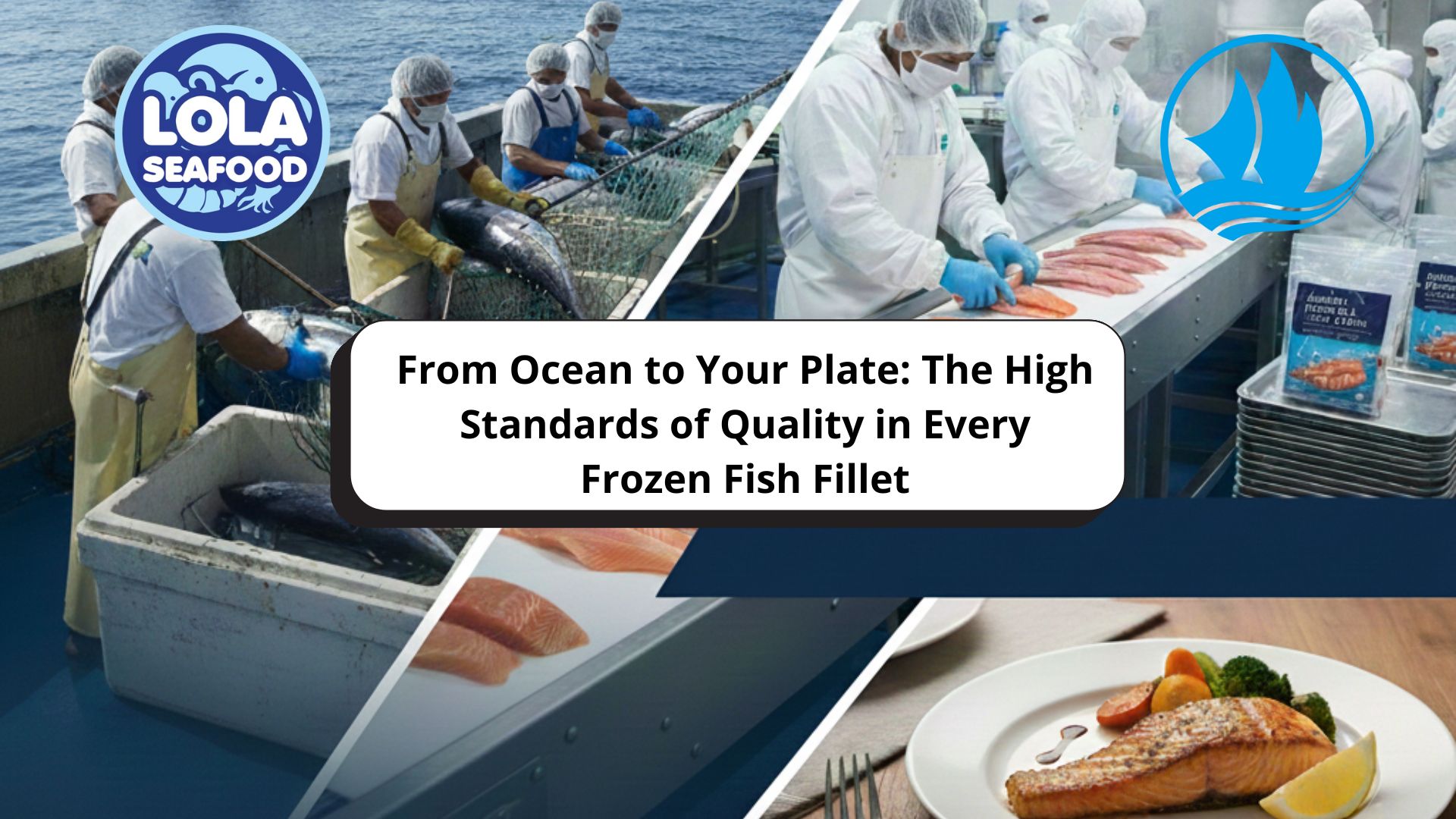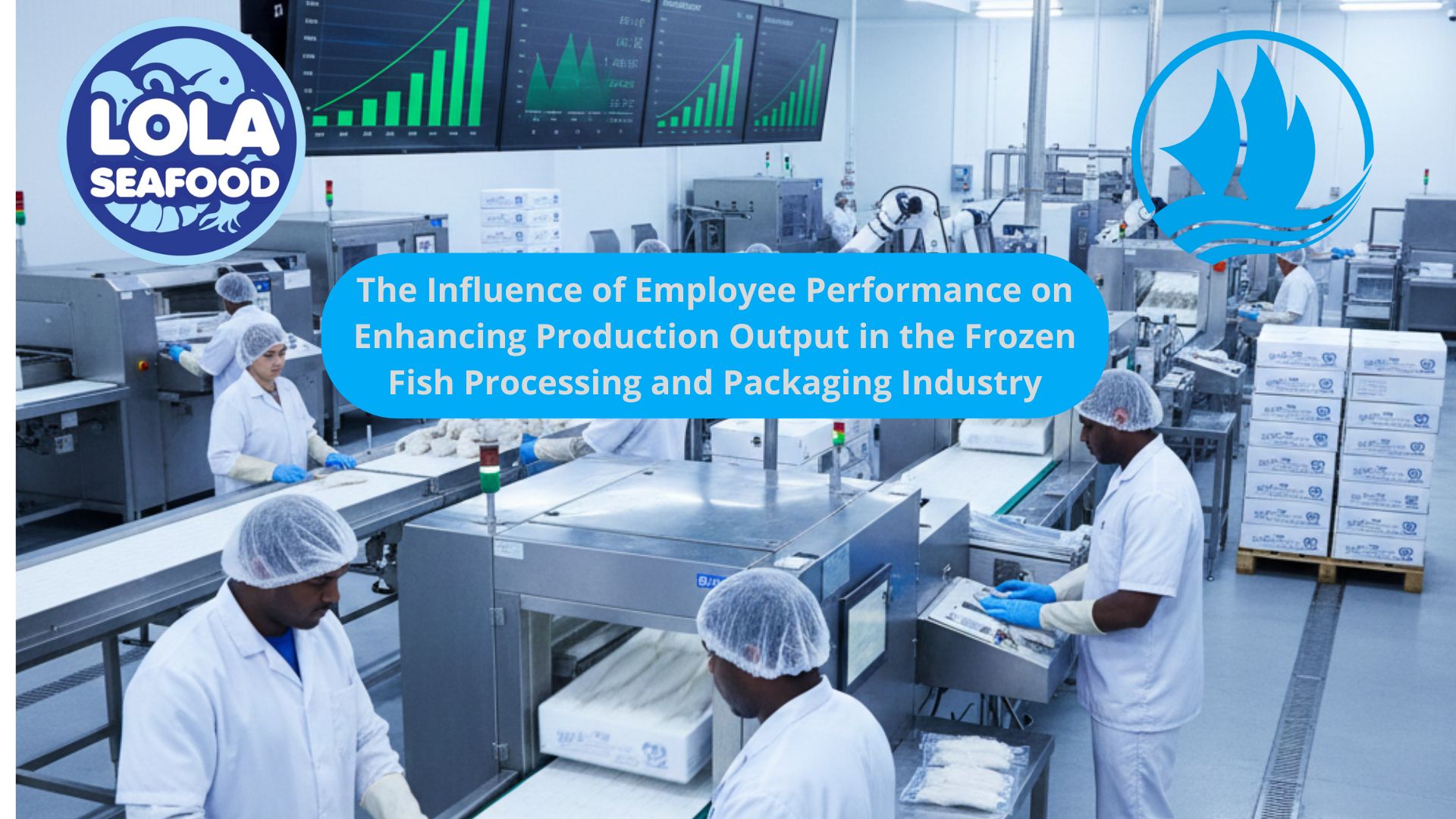Frozen Seafood Protection Through Effective Glazing
By. Kusni - 25 Sep 2025
Seafood is one of the most perishable food products, requiring careful handling and preservation to maintain its freshness, flavor, and nutritional value. One of the most effective methods used in the seafood industry to protect frozen products is glazing. Glazing is the process of applying a thin layer of protective ice around seafood after it has been frozen. This technique is widely used for fish fillets, shrimp, squid, and other frozen seafood products. Far from being a mere cosmetic step, glazing plays a crucial role in preventing dehydration, oxidation, and quality deterioration during frozen storage.
What Is Glazing and How It Works
Glazing is typically performed after seafood has been individually quick frozen (IQF) or block frozen. The frozen product is briefly dipped, sprayed, or misted with cold potable water, which freezes instantly upon contact and forms a protective coating of ice. This process can be repeated several times until the desired ice coverage—usually between 6% and 15% of the product’s total weight—is achieved.
The protective ice layer serves as a barrier between the seafood and the surrounding air. This is important because frozen storage environments, despite being cold, can still cause moisture loss due to sublimation, a process where ice turns directly into vapor. Sublimation leads to surface dehydration, resulting in “freezer burn,” which negatively affects the appearance, texture, and taste of seafood. By creating a moisture-sealed coating, glazing effectively reduces water loss and helps maintain product quality.
Benefits of Glazing in Seafood Protection
1. Prevention of Dehydration
The primary benefit of glazing is the prevention of moisture loss. Without glazing, frozen seafood tends to lose surface moisture over time, leading to dryness, a leathery texture, and weight loss. Since seafood is often sold by weight, glazing also helps processors and distributors maintain product yield, ensuring that customers receive seafood in its intended condition.
2. Protection Against Oxidation
Glazing also plays a vital role in preventing oxidation. Fish, especially those with higher fat content like salmon, mackerel, and tuna, are prone to lipid oxidation, which can cause rancid odors, discoloration, and off-flavors. By reducing direct exposure to oxygen, glazing slows down oxidative spoilage and preserves the natural color and flavor of seafood.
3. Extension of Shelf Life
Because it minimizes dehydration and oxidation, glazing extends the overall shelf life of frozen seafood. This allows suppliers to transport products over long distances and store them for longer periods without significant quality loss. For exporters and importers, this is particularly important to ensure that seafood reaches global markets in premium condition.
4. Improved Appearance and Market Value
Glazed seafood maintains a fresher, more appealing appearance during storage. The ice coating also provides an attractive glossy surface, which can make the product more visually appealing to buyers and consumers. In the competitive seafood market, appearance is an important factor influencing purchasing decisions.
Best Practices for Effective Glazing
Glazing must be applied correctly and consistently for getting effective. The water used for glazing should be clean and meet food safety standards to prevent contamination. The temperature of the water should be close to 0°C (32°F) to ensure quick freezing of the glaze layer. Multiple light coatings are often preferred over one thick layer, as they provide more even coverage and better protection.
It is also important to monitor glaze weight. Excessive glazing can lead to unfair product weight increase, which is considered economically deceptive and may violate labeling regulations. On the other hand, insufficient glazing will fail to provide adequate protection, resulting in faster quality deterioration.
Limitations and Considerations
Although glazing is highly beneficial, it is not a substitute for proper handling, freezing, and storage practices. Seafood must still be processed hygienically, frozen rapidly to minimize ice crystal formation, and stored at a constant temperature of –18°C (0°F) or lower. Glazing provides an additional layer of protection but cannot reverse quality losses caused by improper freezing or temperature fluctuations during storage and transport.
Glazing is a simple yet highly effective technique for preserving the quality of frozen seafood. By forming a protective ice layer, it prevents dehydration, slows oxidation, maintains appearance, and extends shelf life. When applied properly, glazing helps ensure that consumers receive seafood that looks, tastes, and performs as close to fresh as possible. As global demand for frozen seafood continues to grow, glazing remains a vital step in maintaining product integrity and supporting the seafood industry’s commitment to quality.
If youre interested in our Bonito Fillet Loin , Bonito Fillet Portion Cut and Bonito Whole Round please do not hesitate to contact us through email and/or Whatsapp
 in Meeting Global Protein Demand Sustainably.jpg)
Sustainable Aquaculture: The Role of Recirculating Aquaculture Systems (RAS) in Meeting Global Protein Demand Sustainably
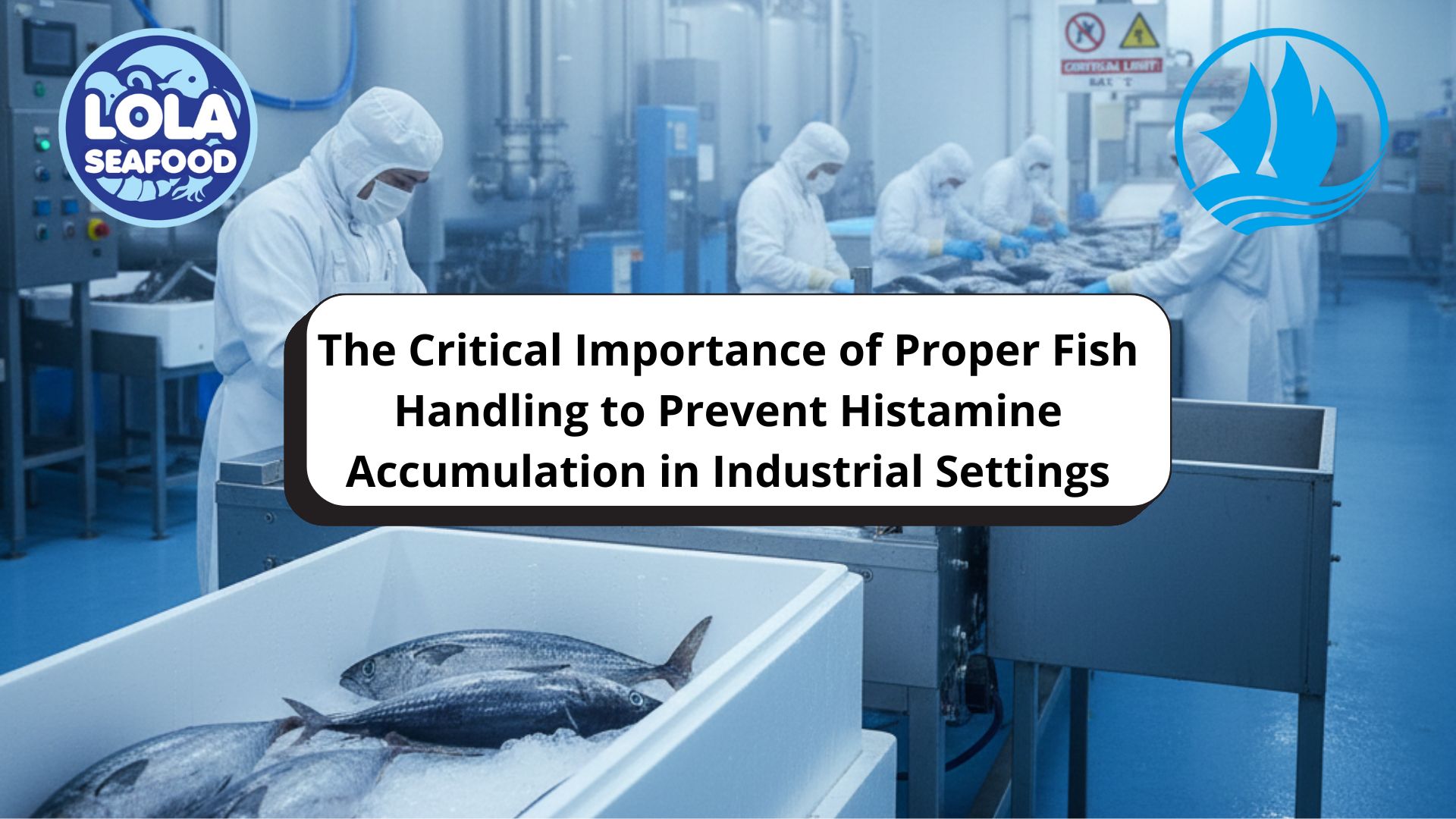
The Critical Importance of Proper Fish Handling to Prevent Histamine Accumulation in Industrial Settings
